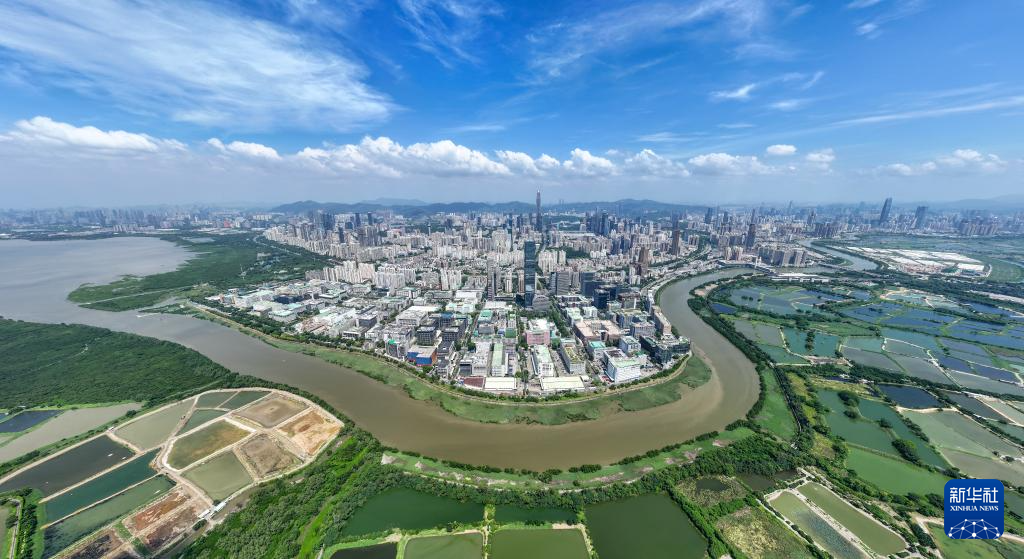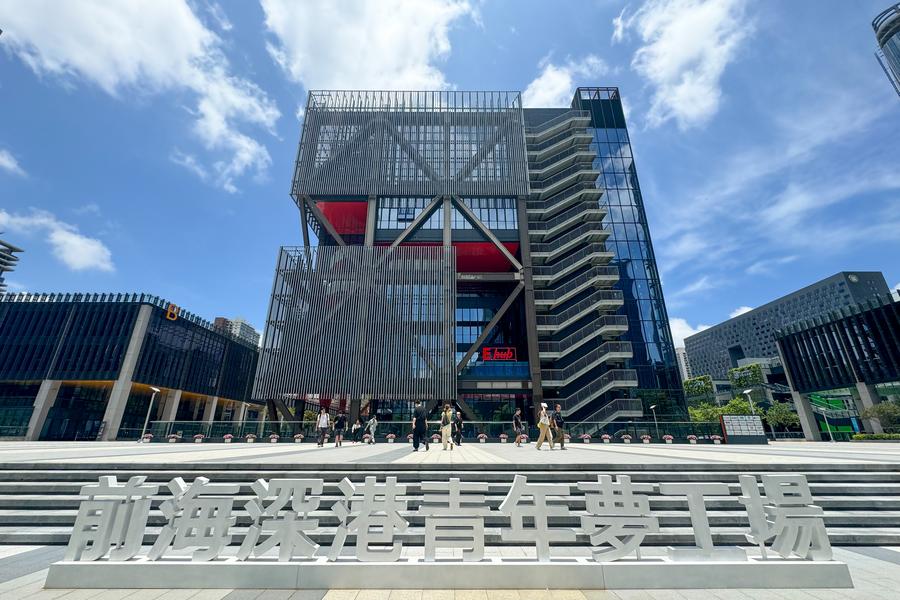
Cooperation between Shenzhen and Zhuhai — China’s first special economic zones (SEZs) — and the Hong Kong and Macao special administrative regions is becoming more “diversified” and has evolved from“production coordination” to “leading institutional innovation” over the past 45 years, making it a key driver of China’s high-level development, experts said.
Tuesday marks the 45th anniversary of the establishment of the country’s first SEZs — Shenzhen, Zhuhai, Shantou and Xiamen. Over the past years, economic and trade ties between those cities and the SARs have strengthened significantly.
ALSO READ: HK, Macao, Taiwan students benefit from Tencent’s internship
Take Shenzhen and Zhuhai, for example. The number of newly established Hong Kong- and Macao-funded enterprises in Shenzhen totaled nearly 5,900 and 90, respectively, in 2024, according to official statistics. As of the end of last year, Zhuhai was home to 10,550 Macao-funded enterprises.
Zhong Yun, vice dean of the school of economics at Jinan University, said collaboration between the SEZs and the two SARs has evolved over the past 45 years to meet modern development goals.

“In the early days of the SEZs, cross-border collaboration relied on a ‘front shop, back factory’ model — with Shenzhen and Zhuhai focusing on manufacturing and Hong Kong and Macao handling services. Today, this dynamic has shifted to diversified partnerships, with a focus on sci-tech innovation to align with national strategic needs,” she said.
Major platforms like the Hetao Shenzhen-Hong Kong Science and Technology Innovation Cooperation Zone have emerged as catalysts. “These platforms are driving cross-border collaboration in strategic emerging and future industries, such as artificial intelligence, biomedicine and quantum information,” she said.
READ MORE: Hiring in HK financial sector picks up despite overall jobless rate increase
“In addition, the SEZs have stayed true to their reform-era roots by leading efforts to align rules and mechanisms across the region. Acting as testbeds for cross-border collaboration, they have made headway in areas like cross-border data flow, professionals’ cross-border practice and social security integration, delivering tangible results and setting efficient benchmarks for regional coordination.”
Li Fan, deputy director of China Center for Special Economic Zone Research at Shenzhen University, saidthat the cooperative mission of the SEZs with Hong Kong and Macao is shifting from “production coordination” to “leading institutional innovation”.

“Against the backdrop of the accelerated restructuring of the global industrial chain, cooperation between Shenzhen, Zhuhai and the two SARs is no longer merely about factor complementarity. Instead, it aims to forge cross-border industrial chains into a new type of competitive edge for the future through institutional synergy and rules alignment,” he said.
Li suggested further advancing the alignment of rulesand mutual recognition of standards in cooperation zones like Zhuhai’s Hengqin and Shenzhen’s Hetao to enable a more efficient cross-border flow of research and development achievements, capital and data so as tocreate new models of institutional opening-up.
READ MORE: Macao CE explores tech cooperation during visit to Zhejiang
“It is essential to unblock the full chain from scientific breakthroughs to market application in strategic emerging industries such as biomedicine, smart manufacturing, green energy and the low-altitude economy,” he said.
Moreover, platforms like Qianhai should be given betterplay to enhance financial market connectivity between the SEZs and the SARs and the mutual recognition of researchers' professional qualifications should be enhanced to form a more open innovation ecosystem, he said.
“Through these measures, the SEZs and the SARs could convert cooperation advantages into global competitiveness, demonstrating keener strengths in the restructuring of the global industrial chain and providinga model for high-quality development.”
Contact the writer at sally@chinadailyhk.com


